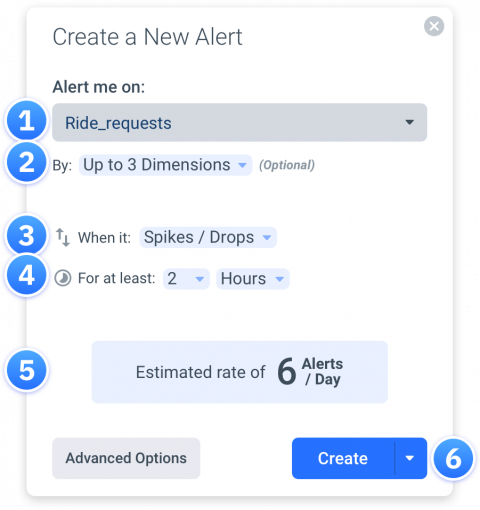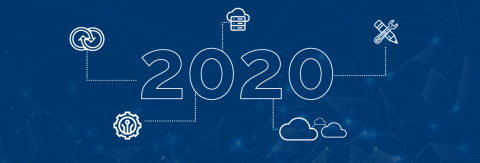SPA Tracking & Monitoring: How to Build Better Single-Page Applications Through RUM (Real User Monitoring)
Did you know roughly half of the users that visit your website leave if it takes more than 3 seconds to load? Optimizing your website or webapp for stellar performance is always a crucial goal for any software based business. But, the ecosystem has changed in recent years. Smartphones are taking over. Developers need to build websites and optimize for performance primarily targeting these smaller devices. It’s not solely about performance though.











